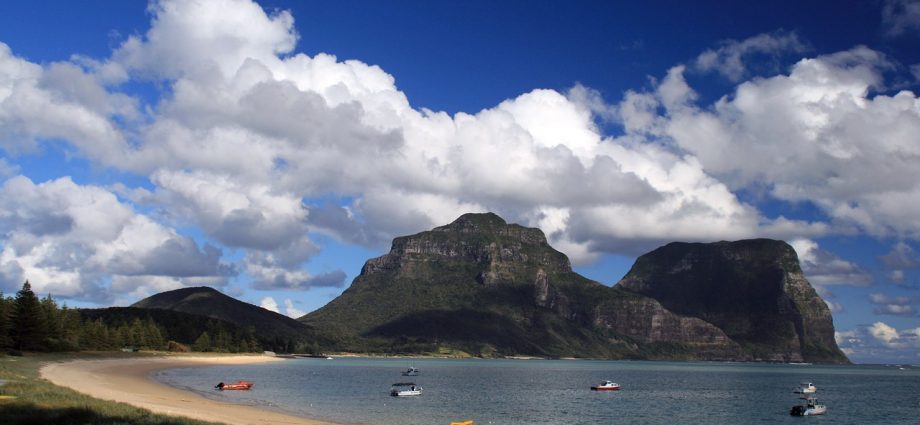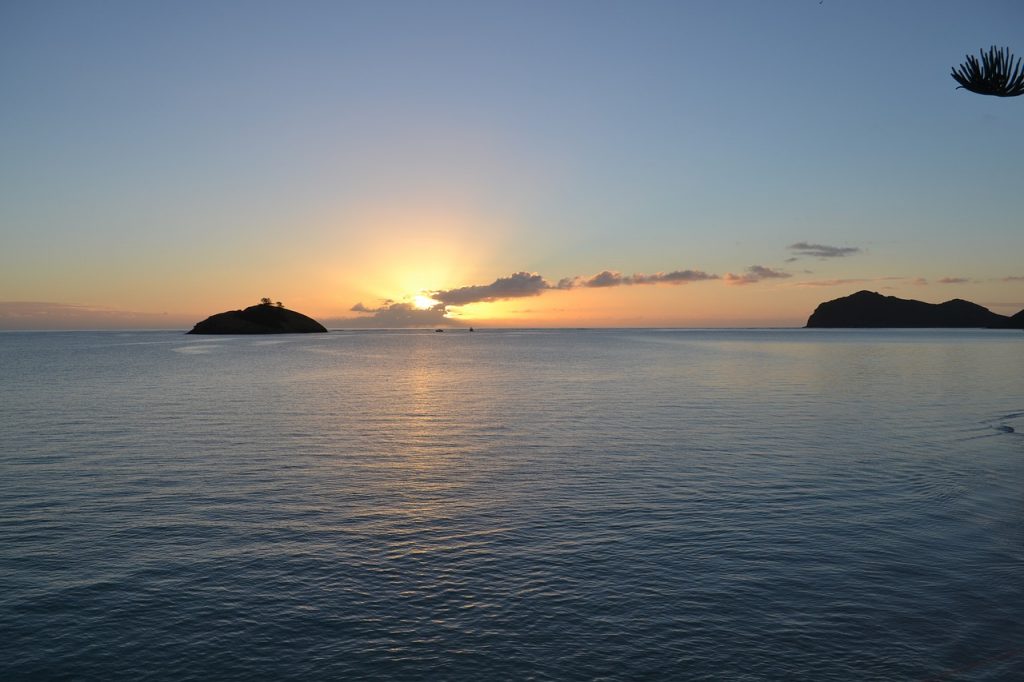Lord Howe Island
Think of an island … the southernmost in the world … and contains the real coral reef … Who wouldn’t want to go! Let’s go on a journey together.
Lord Howe Island is an island located in the Tasman Sea between Australia and New Zealand. It is in the shape of an irregular crescent. It is one of the wonderful natural beauties in the UNESCO cultural heritage list. It is actually a volcanic remnant. It is about 10 km long and has an area of 14.55 square kilometers. Only 398 hectares of this area is located in the low plain. On the west coast, there is a sandy, semi-closed sheltered coral reef lagoon.
It is such a valuable place that only 400 tourists are allowed to step up at a time. The official motto of Lord Howe Island is “Heaven Only”. What you will see here is totally unique. It is also possible to see some animals here that you cannot see anywhere else in the world. You can see rare palm trees, stroll incredibly beautiful beaches and observe exotic birds. This beautiful island provides important breeding grounds for seabird colonies and important natural habitat for the protection of threatened species. The world’s largest stick insect, Lord Howe Island Phasmid (Dryococelus australis), which is feared to become extinct, is located on this island.
Unusual natural attractions
A significant part of Lord Howe Island is covered with rainforests. The number of plant species on this island is more than 200 and almost half of them are endemic. The amazing island was discovered in 1788 by British researchers. It was then that the rocky island was discovered with Ball’s Pyramid. You would also like to visit unusual natural attractions. The island resembles a sail. The height of the cliff is 562 meters. The rocky island looks absolutely lifeless at first sight. There were rare types of insects.
After the volcanic activity more than 2,000 meters below the sea, the volcano became more beautiful as a result of passivation and shaping the island. For this reason, the life and isolated ecosystem on the island has been shaped accordingly. Lord Howe, an uninhabited island, was officially spotted in 1788 when a ship was returning from Norfolk Island. After this stage, the Southeastern Australia Region became and with the census conducted in 2011, 360 people living here for 41 generations were identified. This place is the center of attention of tourists with its annual average temperature of 22.1 and its subtropical climate.



